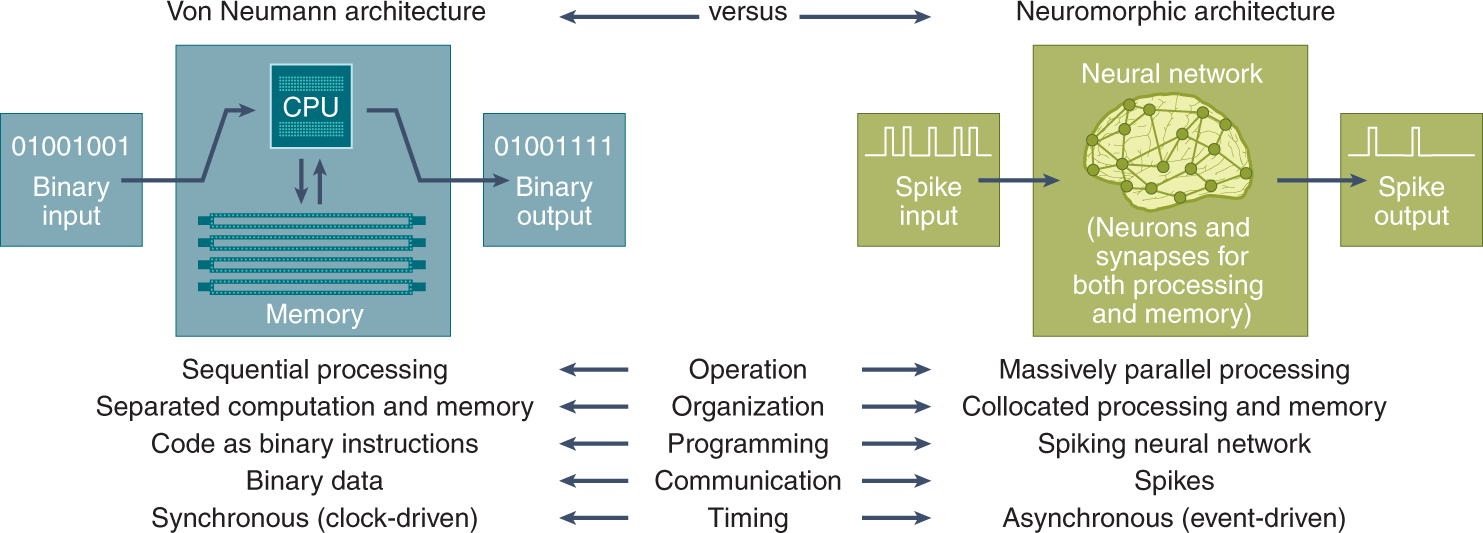
Revolutionizing Tech: Unleashing the Power of Neuromorphic Computing
In the ever-evolving landscape of technology, a groundbreaking innovation has emerged, promising to reshape the way we approach computing. Neuromorphic computing, inspired by the human brain’s neural architecture, is setting the stage for a revolution in the world of artificial intelligence and computing.
Decoding Neuromorphic Computing
At its core, neuromorphic computing mimics the neural networks of the human brain, aiming to replicate the brain’s cognitive functions in silicon. Unlike traditional computing models, which rely on binary logic, neuromorphic computing harnesses the power of parallel processing and synaptic connections, paving the way for more efficient and brain-like computation.
Parallel Processing: Mimicking the Brain’s Efficiency
One of the key aspects of neuromorphic computing is its emphasis on parallel processing. In the human brain, millions of neurons work simultaneously, enabling rapid and efficient information processing. Neuromorphic chips leverage parallelism, allowing for the execution of multiple tasks at once – a departure from the sequential nature of classical computing.
Synaptic Connections: Emulating Learning and Adaptation
Neuromorphic computing doesn’t just stop at parallel processing; it delves into the realm of synaptic connections. Inspired by the way neurons form connections in the brain, neuromorphic systems are designed to learn and adapt. This capability opens the door to artificial intelligence that can evolve and improve its performance over time, much like the human mind.
Energy Efficiency: Redefining the Power Consumption Game
Traditional computing architectures often face challenges related to energy efficiency. Neuromorphic computing, with its brain-inspired approach, excels in this domain. By emulating the brain’s efficiency in handling information, neuromorphic systems have the potential to revolutionize energy consumption in computing, making them well-suited for both edge devices and data centers.
Applications in Artificial Intelligence
The marriage of neuromorphic computing and artificial intelligence is a match made in tech heaven. Neuromorphic systems excel in tasks like pattern recognition, machine learning, and sensory processing. This opens up possibilities for advancements in areas such as computer vision, natural language processing, and robotics.
Neuromorphic Computing in Action: Real-World Applications
From healthcare and finance to manufacturing and beyond, the real-world applications of neuromorphic computing are diverse. In healthcare, it can revolutionize diagnostics and drug discovery. In finance, it can enhance fraud detection and risk analysis. The potential spans industries, promising transformative impact across the board.
Challenges on the Neuromorphic Horizon
While the potential of neuromorphic computing is vast, it’s not without its challenges. Hardware development, scalability, and the need for specialized algorithms are areas that researchers and engineers are actively addressing. Overcoming these challenges is crucial to unlocking the full potential of neuromorphic systems.
Neuromorphic Computing: Paving the Path to the Future
As we navigate the digital frontier, neuromorphic computing emerges as a beacon of innovation, offering a paradigm shift in how we approach computation and artificial intelligence. The journey into this revolutionary technology is not just about building faster and more efficient computers; it’s about unlocking the mysteries of the human brain and ushering in a new era of intelligent computing.
Neuromorphic Computing at the Forefront of Innovation
For more insights into the transformative realm of neuromorphic computing, visit aragec.com. Explore how this cutting-edge technology is reshaping the future of computing and artificial intelligence.
